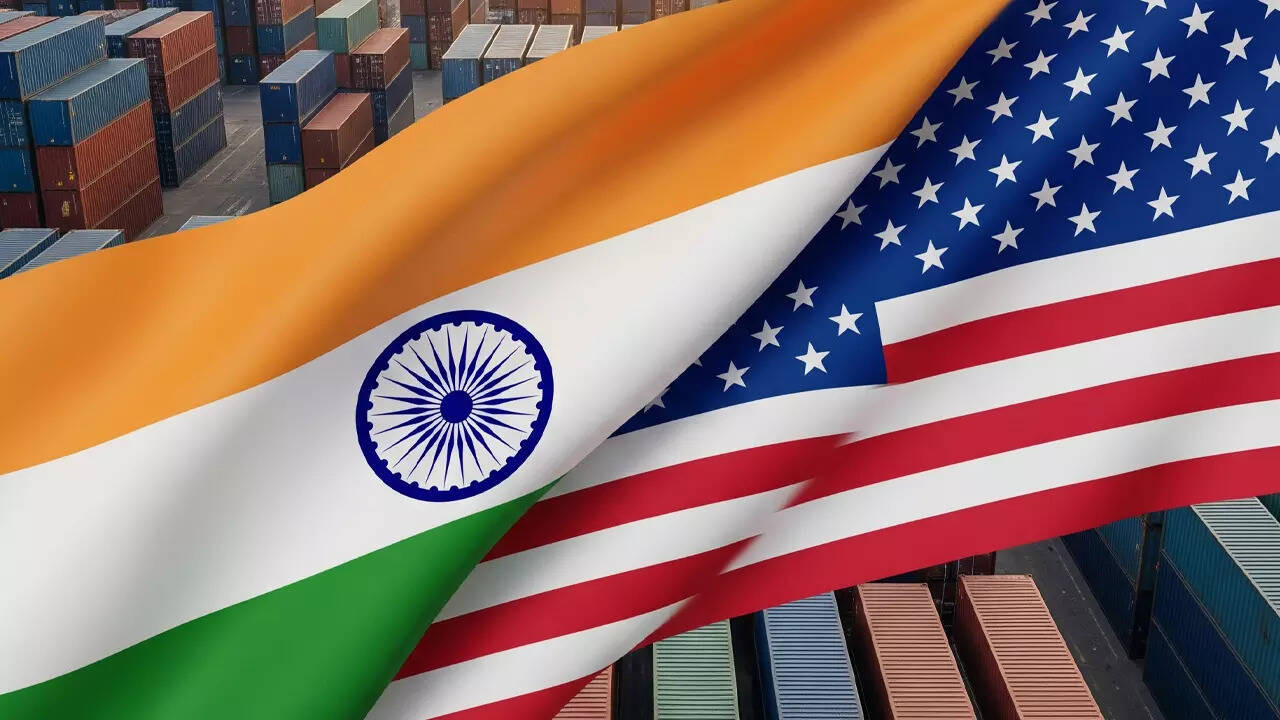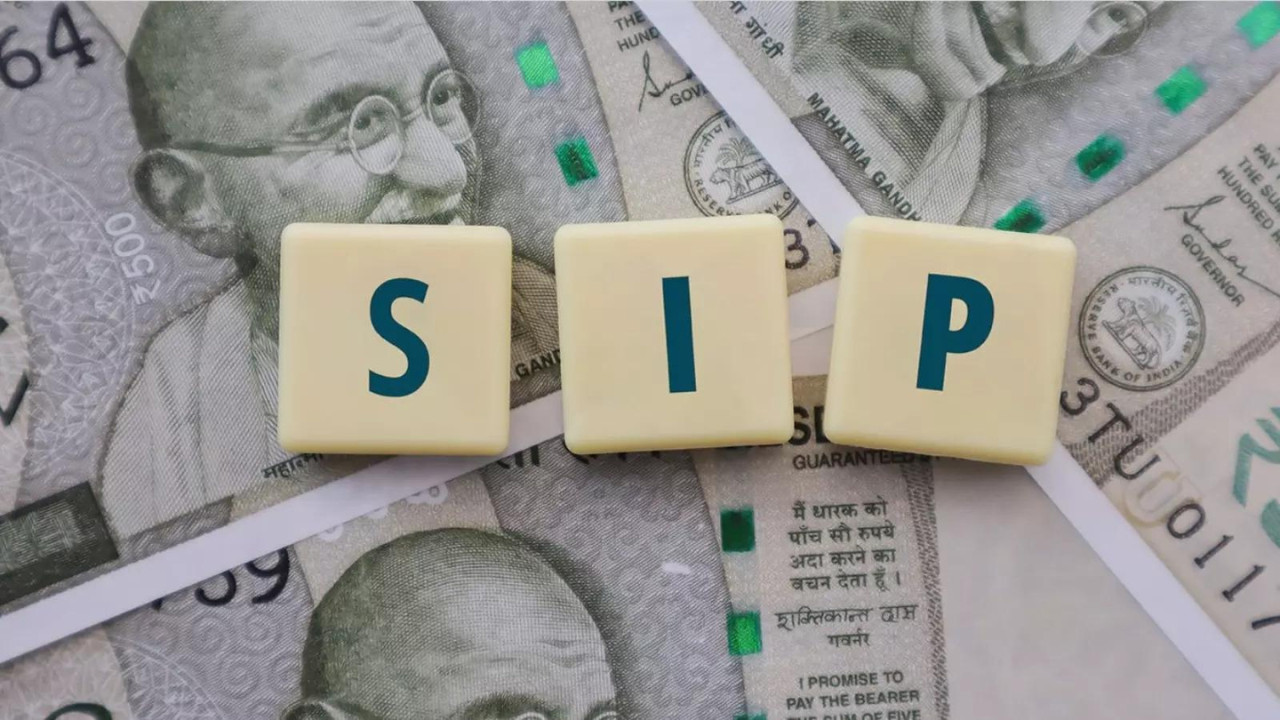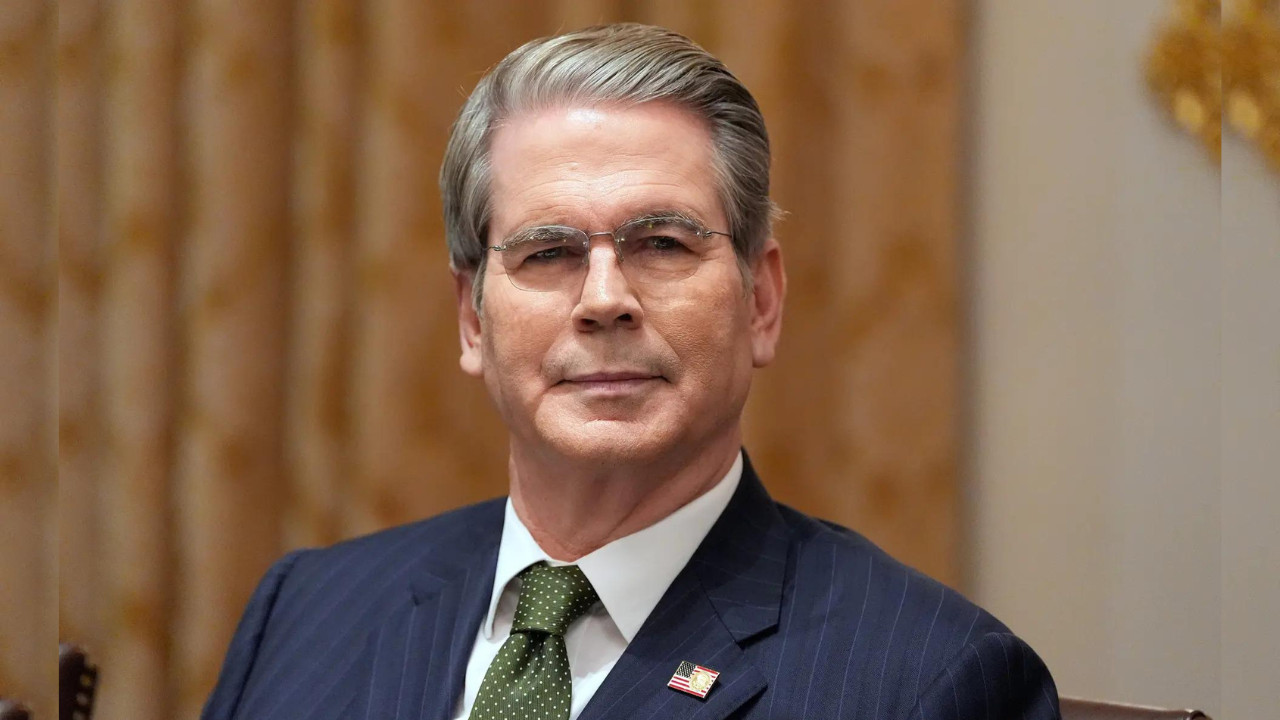India-US trade deal: India is cautiously approaching trade negotiations with the US, observing complications in recent American deals with Japan, Indonesia, and Vietnam. Discrepancies exist between US and Japanese officials regarding investment profit allocation.
Navigating the Tightrope: India and the US Trade Deal Dance
The prospect of a significant trade agreement between India and the United States has been simmering for years, a tantalizing opportunity promising economic boosts for both nations. But lately, the temperature around the negotiation table seems to have dropped a few degrees. India, it appears, is proceeding with a deliberate, almost cautious, stride. What’s behind this measured approach? The answer lies partly in the recent experiences of other nations who’ve danced with the US on trade deals, and partly in India’s own strategic calculations.
For those watching closely, the memories of President Trump’s trade agreements with Japan and others are still fresh. Initial fanfare often gave way to implementation challenges, and the expected benefits didn’t always materialize as planned. It’s a lesson not lost on New Delhi. No one wants to jump into a pool only to find the water unexpectedly shallow.

Why the Hesitation? Examining India’s Cautious Approach
Several factors are contributing to India’s current stance. One major aspect is the sheer complexity of the Indian economy. Protecting the interests of its diverse sectors, from agriculture to pharmaceuticals, requires careful consideration of every clause in any proposed agreement. India needs to ensure that a potential deal doesn’t disproportionately favor one sector over another, or disadvantage smaller domestic industries.
Furthermore, India is keen on securing tangible benefits that directly address its developmental needs. This includes things like greater market access for its agricultural products, easing of visa restrictions for skilled professionals, and transfer of technology in critical sectors. Simply put, India is looking for a deal that brings more to the table than just symbolic wins.
Another element influencing India’s approach is the evolving global landscape. Trade wars, geopolitical tensions, and the rise of protectionist sentiments worldwide all demand a measured response. India wants to ensure any agreement aligns with its long-term economic strategy and doesn’t compromise its relationships with other key trading partners.
The Devil’s in the Details: Key Issues at Play
The sticking points in the negotiations are numerous. Intellectual property rights, particularly in the pharmaceutical sector, continue to be a contentious issue. India’s generic drug industry plays a vital role in providing affordable medicines, and any trade deal could potentially impact this.
Market access for agricultural products remains another area of concern. The US has long sought greater access to the Indian market for its agricultural goods, while India is wary of the impact this could have on its own farmers, many of whom operate on a much smaller scale.
Tariffs and non-tariff barriers also feature prominently in the discussions. India aims to secure concessions on tariffs imposed by the US on certain Indian exports, while the US seeks to reduce non-tariff barriers that it believes impede its access to the Indian market.
Future Outlook: Can India and the US Strike a Deal?
Despite the challenges, the potential benefits of a comprehensive trade agreement between India and the US remain significant. A successful deal could unlock billions of dollars in trade, create jobs in both countries, and strengthen the economic ties between the two nations. This makes the ongoing India US trade deal worth the effort.
The path forward requires pragmatism, flexibility, and a willingness to address the concerns of both sides. India must continue to pursue its economic interests while recognizing the importance of fostering a strong strategic partnership with the United States. The US, in turn, needs to be sensitive to India’s developmental needs and the challenges it faces in balancing its diverse economic interests. It will also be important for India to continue strengthening other key trade partnerships, like the one they have with the EU.
Ultimately, the success of any India US trade deal will depend on the ability of both sides to navigate these complexities and forge a mutually beneficial agreement. The dance is far from over, and the world is watching to see if India and the US can find the right rhythm.







